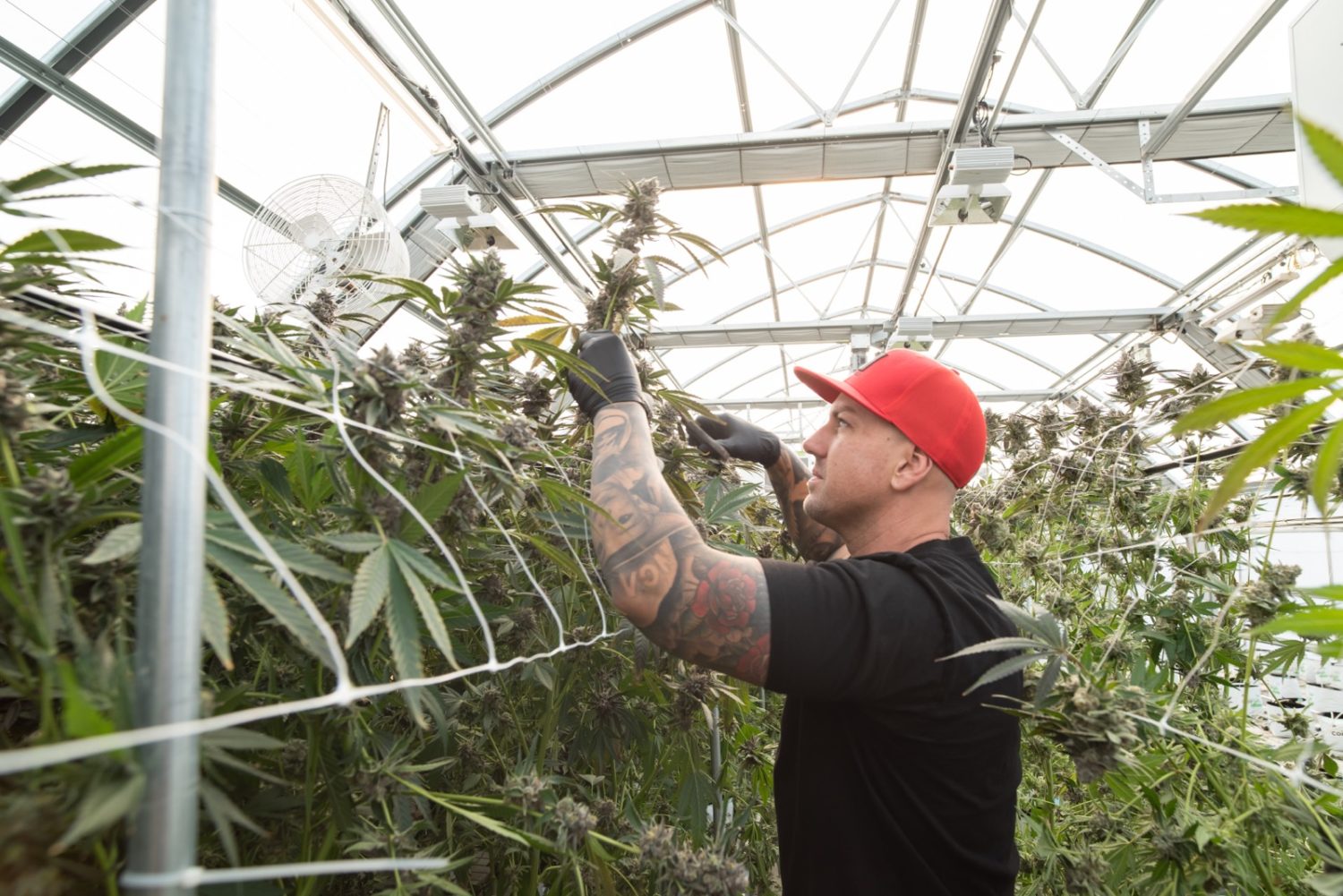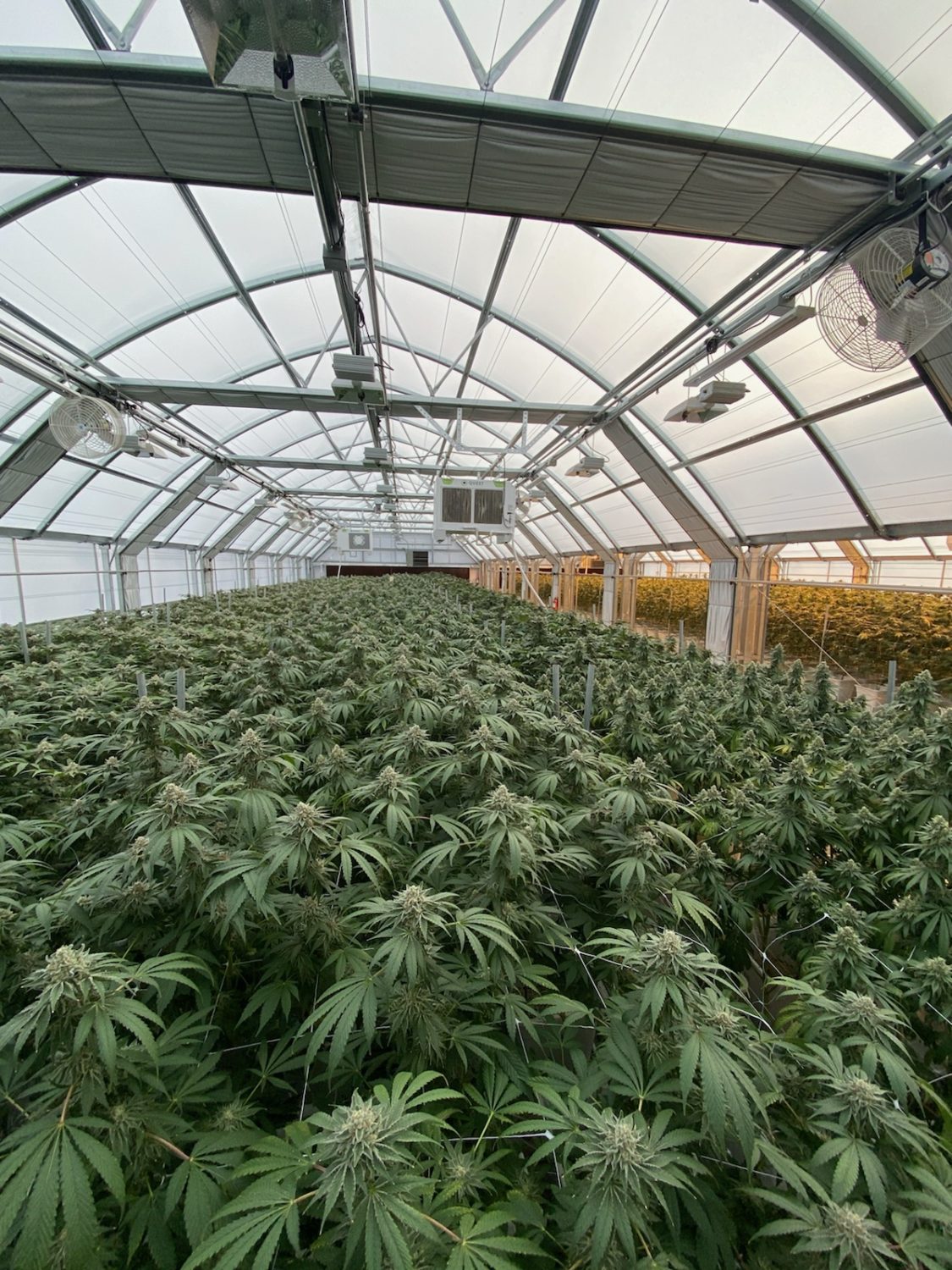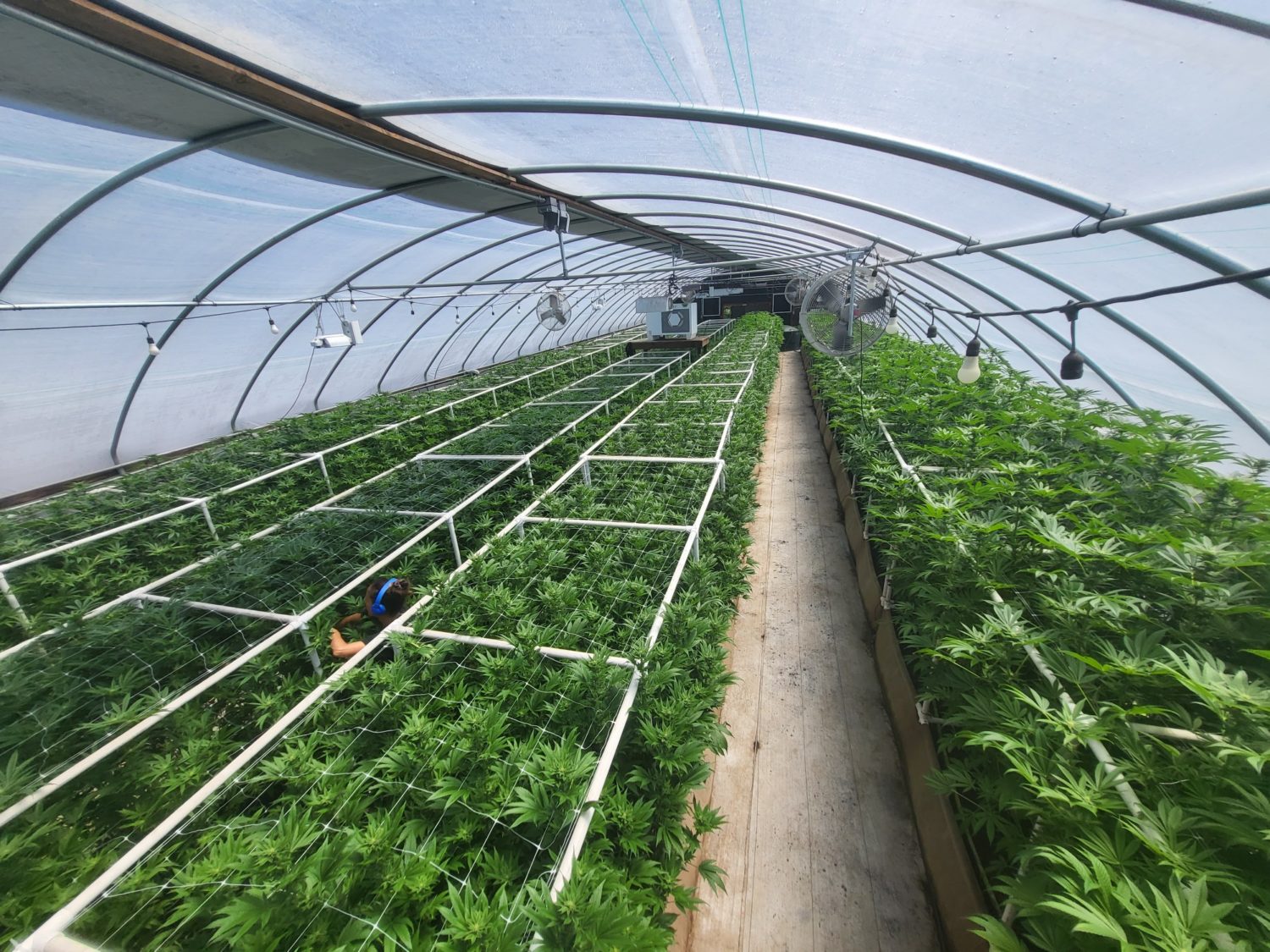NEW REPORT: 77% DECLINE IN YOUTH INCARCERATION
NEW REPORT: 77% DECLINE IN YOUTH INCARCERATION The Sentencing Project’s latest report found a 77% decrease in youth held in juvenile justice facilities around the United States. The report numbers are based on one-day counts of how many youths are in the facilities. At the turn of the century, the number climbed as high as almost 109,000. Over…
NEW REPORT: 77% DECLINE IN YOUTH INCARCERATION

The Sentencing Project’s latest report found a 77% decrease in youth held in juvenile justice facilities around the United States.
The report numbers are based on one-day counts of how many youths are in the facilities. At the turn of the century, the number climbed as high as almost 109,000. Over the past two decades, it has declined to just over 25,000 in a one-day count taken in late October 2020. The number includes those awaiting their court date in detention facilities, youth prisons, residential treatment centers, group homes, or other placement facilities as a court-ordered consequence.
“The sharp declines in youth arrests and incarceration demonstrate the possibilities for similar success for the adult population, as well. However, the persistent racial and ethnic disparities in the youth justice system highlight the need to address the sources of those disparities wherever they emerge,” The Sentencing Project noted when announcing the new report.
One of the big takeaways was racism in the criminal justice system doesn’t have a minimum age requirement. Youth from communities of color were far more likely than whites to be detained in the facilities in the counts.
“In 2019, Black youth were 4.4 times as likely to be incarcerated; Tribal youth were 3.2 times as likely; and Latinx youth were 27% as likely than white youth to be incarcerated,” the authors noted.
California had one of the worst disparities in the nation. Forty-eight white youths per 100,000 California residents are in placement at some kind of facility. White youths were also much more likely to be offered some kind of diversion program that would see them avoid jail time. At the same time, 488 Black youths are in a correctional facility per 100,000 people. This equates to a 9/1 disparity here in California. The only places worse were The District of Columbia, Connecticut, Nebraska, New Jersey and Wisconsin; in all but Nebraska, Black youth are more than 10 times more likely to be incarcerated. While it’s bad, the disparity dropped 4% in California from 2015 to 2019.
According to the U.S. Department of Justice, California youths weren’t as horrible per 100,000 residents in 2019 as other states. When it came to larceny, the 74 Californians arrested per 100,000 was a fraction of what other states were seeing; Alabama was over 10 times higher at 785. Drug abuse crimes were a lot lower too, likely due to more progressive approaches to the war on drugs. But the numbers weren’t so good when it came to robberies. The 72 California youths arrested per 100,000 was only topped by Delaware, Illinois and Maryland.
South Carolina, Tennessee and Nebraska have seen their racial disparities grow by at least one-third over that same window. While Tennessee, New Jersey, Pennsylvania and Nevada saw a dip of more than a third in their disparity levels. Three of those states legalized cannabis during that window in some form.
The Juvenile Justice Information Exchange spoke to the dip youth offenders earlier this year. At the time, the JJIE noted that most juvenile arrests had been dipping in recent years, unfortunately with the exception of murder. Homicide numbers have been on the rise.
The JJIE noted that less cash going to house youth offenders in the most expensive incarceration options allows those resources to be diverted to alternative placements in the community. This might be group homes or programs that provide rehabilitative and wraparound social services.
For fiscal year 2023, Congress appropriated $400 million for juvenile justice programs. The Congressional Research Service noted in January that this is the largest appropriation since the $424 million provided in FY2010. The federal government doesn’t administer juvenile justice by itself, it leaves that job to the states. But there are a variety of programs in the Department of Justice that distribute anywhere from $5 Million to $100 million to states depending on their individual need.








